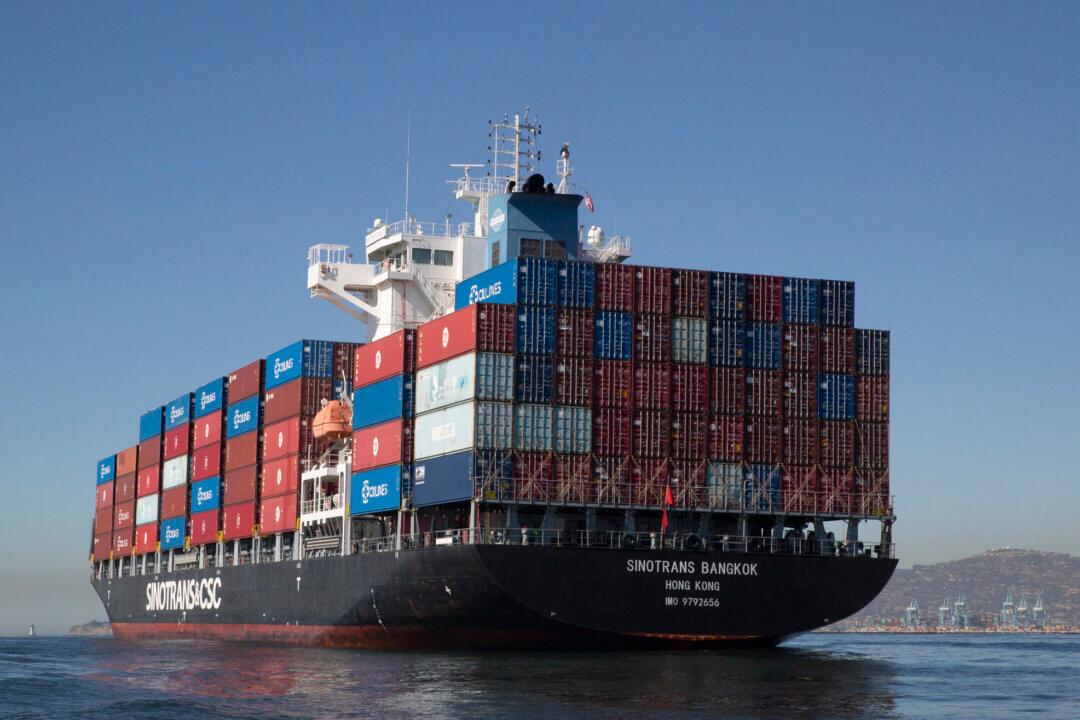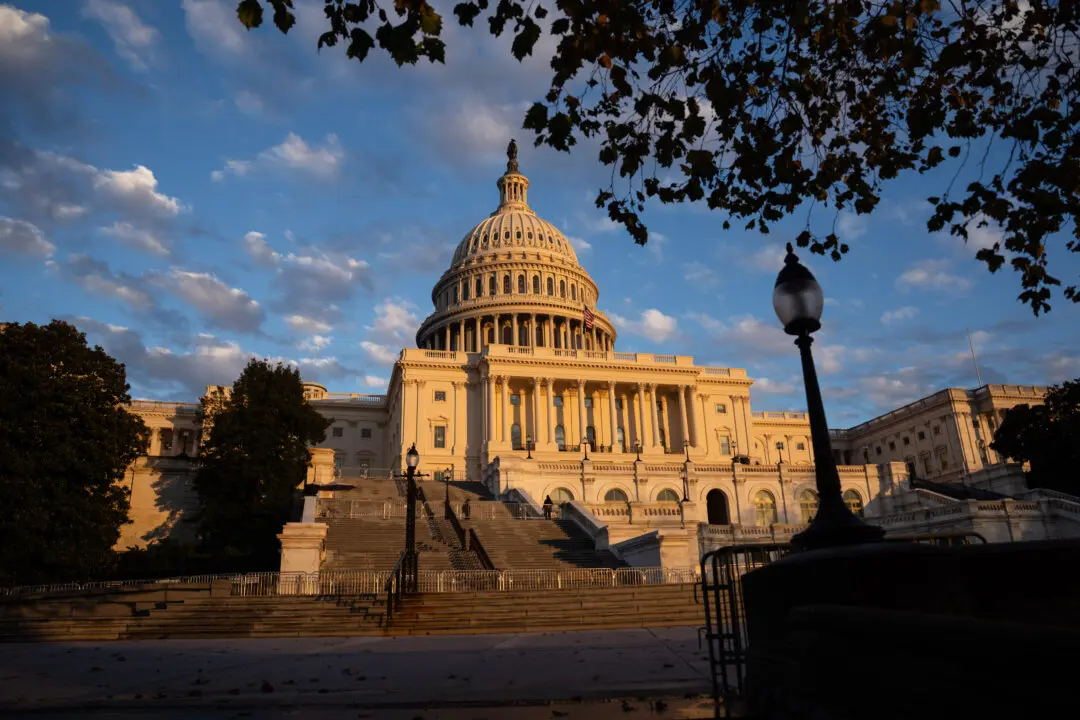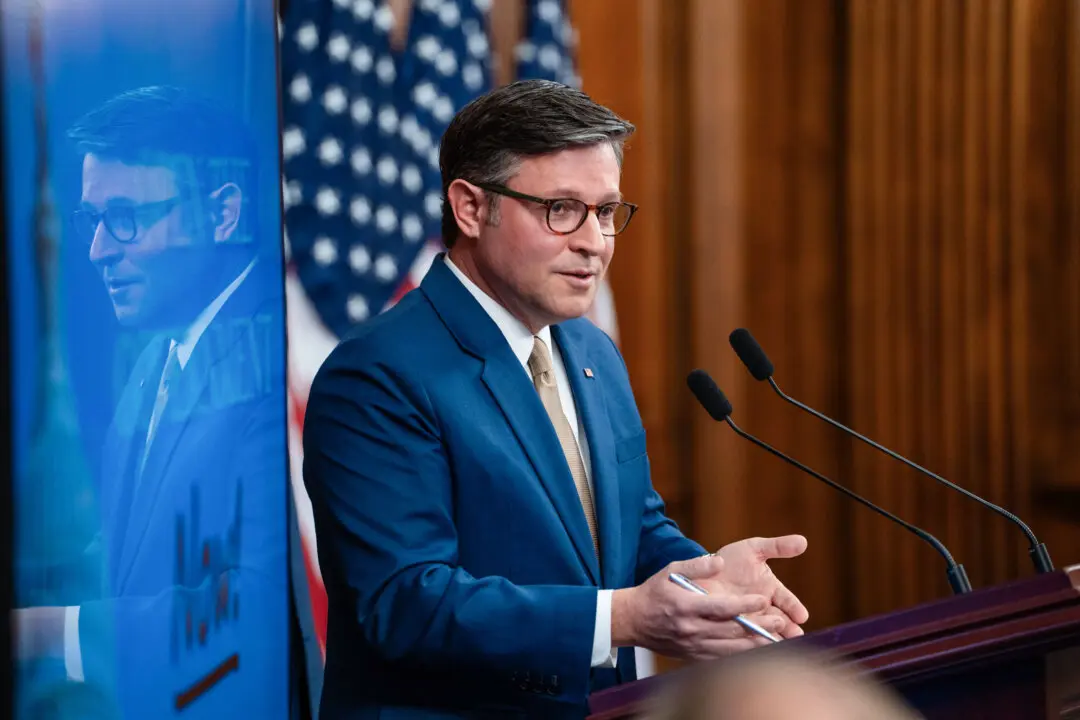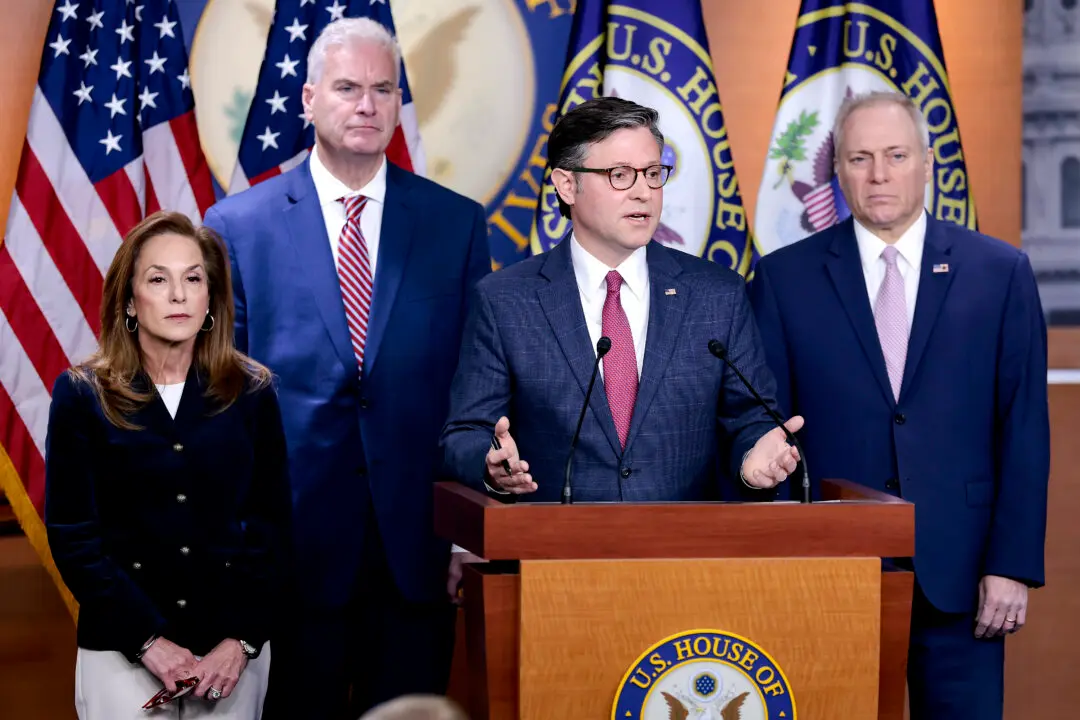U.S. Customs and Border Protection (CBP) agents intercepted more than 1,900 shipments to the United States—with a total value of nearly $500 million—that were suspected of containing goods made with forced labor over a five-month span, the agency’s acting head said on March 14.
The vast majority of those shipments, valued at $487 million, were identified under the Uyghur Forced Labor Protection Act (UFLPA), which took effect less than a year ago. A provision in the UFLPA makes it U.S. policy to make the “rebuttable presumption” that all products manufactured in the Xinjiang region of China are produced using forced labor.





